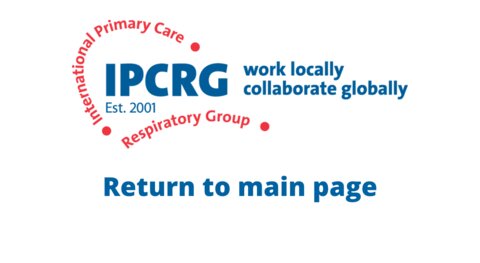What are the distinguishing features of COVID-19 vs other respiratory illnesses?
What the research says:
COVID-19 illness is associated with a wide range of respiratory symptoms that are similar to those caused by other respiratory viruses, including influenza (Hagemann et al 2021). Fever and dry cough and are the most common symptoms of COVID-19 (WHO 2020). New loss of smell (anosmia) or taste (non-congestive) was one of the most important predictors of testing positive for COVID-19 while the Delta variant was dominant, and a distinguishing symptom from other seasonal viral respiratory diseases (ZOE COVID Study). However, this appears to have changed with the emergence and dominance of the Omicron variant with fewer people experiencing loss of sense of smell or taste and the most common symptoms being runny nose, headache, fatigue, sneezing and sore throat (ZOE COVID Study; https://joinzoe.com/learn/omicron-symptoms). Onset of influenza symptoms is rapid and usually occurs within 1–4 days after exposure/infection while for COVID-19, it is more gradual and this can be up to 14 days after exposure/infection. A shorter incubation period (3 days) has been reported for the Omicron variant (Jansen et al 2021). As influenza and COVID-19 often cannot be distinguished based on symptoms alone, testing for SARS-CoV-2 infection will continue to be an important part of the diagnostic process.
| COVID-19 | Influenza | Other respiratory viruses | |
| Distinguishing symptoms |
|
|
|
| Overlapping symptoms |
|
||
| Less common distinguishing symptoms |
|
None | None |
| Onset (from infection to symptoms) |
|
|
RSV:
Common cold:
|
| Progression to severe symptoms |
|
|
|
| Clinical assessment of how sick the patient is |
|
|
RSV:
Common cold:
|
RSV, respiratory syncytial virus.
Guidance from WHO, EU CDC and US CDC is that confirmation of COVID-19 illness requires laboratory confirmation of infection irrespective of clinical signs and symptoms (CEBM 2020).
What this means for your clinical practice:
• Continue to maintain a high degree of suspicion for SARS-CoV-2 infection in patients presenting with any respiratory symptoms indicative of a viral infection
• If SARS-CoV-2 infection is suspected patients should undergo testing where available in order to be able to offer timely treatments for COVID-19 as they become available [See our answer on COVID-19 treatments available for use in the community setting] and to enable isolation and minimise the likelihood of further infections in the community
Useful links and supporting references:
CDC. Symptoms of COVID-19. Available at: https://www.cdc.gov/coronavirus/2019-ncov/symptoms-testing/symptoms.html. Accessed December 2021.
Centre for Evidence-Based Medicine. When is Covid, Covid? September 2020. Available at: https://www.cebm.net/covid-19/when-is-covid-covid/. Accessed December 2021.
Hagemann J, et al. Differentiation of COVID-19 signs and symptoms from allergic rhinitis and common cold: An ARIA-EAACI-GA2LEN consensus. Allergy 2021;76:2354–66. Available at: https://pubmed.ncbi.nlm.nih.gov/33730365/. Accessed December 2021.
Jansen L, et al. Investigation of a SARS-CoV-2 B.1.1.529 (Omicron) Variant Cluster - Nebraska, November-December 2021. MMWR Morb Mortal Wkly Rep 2021;70(5152):1782–84. Available at: https://www.cdc.gov/mmwr/volumes/70/wr/mm705152e3.htm. Accessed January 2022.
WHO. What are the symptoms of COVID-19? Available at: https://www.who.int/emergencies/diseases/novel-coronavirus-2019/question-and-answers-hub/q-a-detail/coronavirus-disease-covid-19. Accessed November 2021.
ZOE COVID Study. Do I have COVID or the flu? How to tell the difference. October 11, 2021. Available at: https://covid.joinzoe.com/post/covid-or-flu. Accessed December 2021.
Authors:
Karin Lispers, Associate Professor (Family Medicine and Preventive Medicine, Uppsala University, Sweden) for and on behalf of the IPCRG practice driven answers review group.
Resource information
- COVID-19
- Diagnosis
